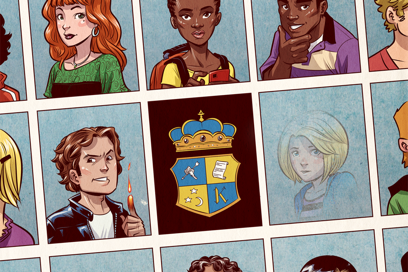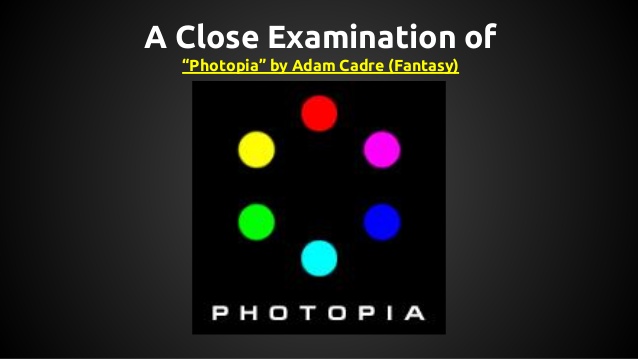A CHOICE
This semester early on I made a choice to take Narrative Game Studio with Clara Fernandez-Vara over Directing VR class. Although I am very interested in Virtual Reality, the class focused on 360 video and filmmaking and did not touch on Unity3D or any substantial interactivity. After shooting the 360 video part of Light as a Feather last semester, my first VR film, I found 360 video pretty easy to grasp. I’ve been studying filmmaking since birth and directing for quite some time so the concepts are not really foreign to me. However, VR, AR and interactive games — basically all narrative storytelling using a gaming engine — is nothing like anything I have done before. Discovering the language of interactive storytelling in these mediums is one of the most interesting things I have ever contemplated. And Clara was recommended to me by more than a few people as being the best woman around to lend me some insight.
Although the gaming school unlike ITP does not require us to keep up blog posts on our progress, I decided that the things I’m exploring in this class are worth documenting. Our first assignment is to design a Choice Script game. I had never even heard of them before this class. At first they seemed only like choose your adventure books until I realized that you make choices about your character that affect whether or not your choices are successful.
The first game I played — not fully understanding this strategy — was Choice of Broadsides. After two hours, my sorry career in the royal navy had not risen all that much so I decided to try my hand at Choice of Dragons. This time I felt myself succeeding rapidly — of course until I angered the gods and was forced to suffer an untimely demise. But I did start to understand a little more about this form of storytelling.
At this point we were assigned Photopia. Once more I felt a failed player — slow with finding commands the system understood, but this tale felt completely different. My choices allowed me to explore the story instead of passively reading it, but I felt that the story was more written for me than the choice games. A little less choose your own adventure and a little more interactive storytelling. On top of it, it reminded me very heavily of the Italo Calvino book, If On a Winter’s Night a Traveller. I haven’t played quite til the end yet, but it is interesting that this particular game suddenly reminded me more of a piece of literature than a kids book from the 80s.
Our homework also included watching an hour long talk, Adventures in Text, given by Jon Infold. His discussion on narrative games felt like it posed a challenge to me. Whether we call them interactive novels or interactive graphic novels or simply narrative games, there seems so much potential in this field. As a gaming novice, but a lifelong story junkie, it made me want to rise to the challenge. In some ways, the world of stories and characters, conflicts and worlds are what I’ve spent my life obsessing about as a filmmaker and later novelist — okay, I wrote one draft and haven’t really tried to get it published, but it counts! On the other, I have so much to learn about how the interactivity works when the player or user gets to help tell the story or at least choose how the story is revealed to her.
Now I must build my own choice game for next week. I already picked the topic, but feel desperately behind where I should be — so similar to all writing projects of my life! The question is, how much power do I give to the user? What choices will truly affect the story and what ones are “false choices”? Without a traditional story arc, how will my five minute game end?


